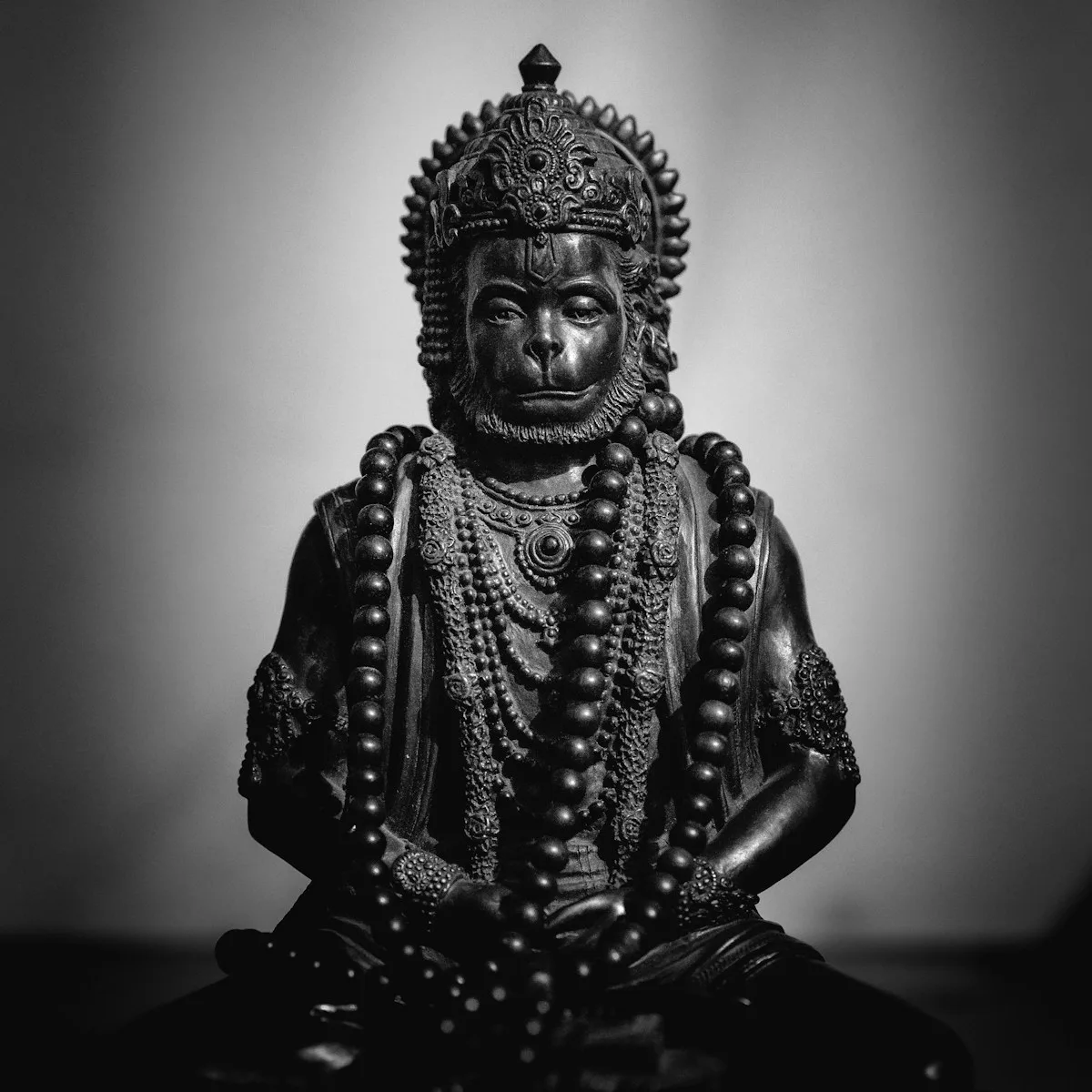Table of Contents
While the story of Lord Rama, Sita and Lakshmana has been reworked and retold by countless authors over decades and places, Valmiki’s is undoubtedly the most famous adaptation of the epic.It provide different perspectives, cultural nuances and literary styles that enhance our understanding of this timeless story.
Ramayana stories:
Valmiki (3rd – 2nd Centuries BCE):
According to Britannica, Valmiki’s Sanskrit epic, the foundation of Ramayana literature, is believed to have been written between the 3rd and 2nd centuries BC. This is the original and most authoritative version. Its 24,000 lines provide important religious and philosophical insights while telling the entire story from Rama’s exile to h triumphant return home.
Kambar (12th Century CE):
As reported by The Hindu, Ramavataram, written by the Tamil poet Kambar in the 12th century, is known as the Tamil Ramayana. It adds Dravidian cultural elements to the epic, emphasizing bhakti (devotion) and Rama’s justice and compassion.
Tulsidas (16th Century CE):
According to Britannica, Tulsi Das’s 16th century Awadhi Hindi Ramcharitmanas is the most famous translation from North India. It presents Rama as the perfect king and consort, highlighting moral principles and personal beliefs. It is famous for passionate love and poetic beauty.
Gona Budda Reddy (13th Century CE):
According to Britannica, the Ranganatha written by Gona Buddha Reddy in the thirteenth century is known as the Telugu Ramayana. The story emphasizes Rama’s divine essence and his function as the protector of dharma or morality, and is also a mixture of tradition and folklore.
Molla (15th Century CE):
Another well-known Telugu version is the Molla Ramayanam, written by Molla in the fifteenth century, according to Britannica. It is a good choice for oral storytelling and theater productions because of its dramatic narrative and lyrical language.
Bhasa (4th Century CE):
According to Britannica, Bhasa’s Sanskrit drama “Abhishek Nataka” depicts the coronation of Rama, although it is not a complete rendering of the Ramayana. It presents a distinctively theatrical reading of the narrative, emphasizing the emotional and political complexities of duty and power.
Banabhatta (7th Century CE):
According to Britannica, Banabhatt’s Sanskrit prose romance “Kadambari” contains an embedded Ramayana story. This special inclusion highlights the ubiquity of the Ramayana theme in Indian literature as well as its influence on other genres.
The rich literary landscape of the Ramayana has been created by numerous authors, of whom these are but a few. Analyzing several Ramayanas enables us to appreciate the epic’s versatility, its ability to speak to historical periods and cultural contexts, and its ongoing importance in formulating moral and spiritual principles.

